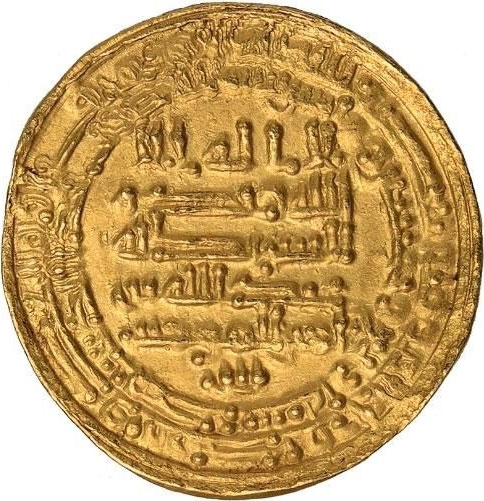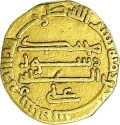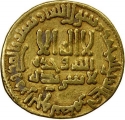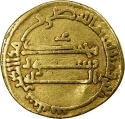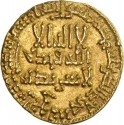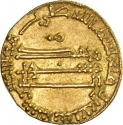You are about to finish your registration. Please check your mailbox (including spam folder). There should be a letter with a confirmation link. Check setting to make sure that your e-mail address is correct.
Send letter againDescription
The Abbasid Caliphate (Arabic: الْخِلَافَةُ الْعَبَّاسِيَّة) was the third caliphate to succeed the Islamic prophet Muhammad. It was founded by a dynasty descended from the prophet's uncle, Abbas ibn Abdul-Muttalib (566–653 CE), from whom the dynasty takes its name. They ruled as caliphs for most of the caliphate from their capital in Baghdad in modern-day Iraq, after having overthrown the Umayyad Caliphate in the Abbasid Revolution of 750 CE (132 AH). The Abbasid Caliphate first centered its government in Kufa, modern-day Iraq, but in 762 the caliph Al-Mansur founded the city of Baghdad, near the ancient Babylonian capital city of Babylon. Baghdad became the center of science, culture and invention in what became known as the Golden Age of Islam. This, in addition to housing several key academic institutions, including the House of Wisdom, as well as a multiethnic and multi-religious environment, garnered it a worldwide reputation as the "Center of Learning".
Abū ʿAbd Allāh Muḥammad ibn Jaʿfar (847–869), better known by his regnal title al-Muʿtazz bi-ʾllāh (lit. "He who is strengthened by God") was the Abbasid caliph from 866 to 869, during a period of extreme internal instability within the Abbasid Caliphate, known as the "Anarchy at Samarra".
Originally named as the second in line of three heirs of his father al-Mutawakkil, al-Mu'tazz was forced to renounce his rights after the accession of his brother al-Muntasir, and was thrown in prison as a dangerous rival during the reign of his cousin al-Musta'in. He was released and raised to the caliphate in January 866, during the civil war between al-Musta'in and the Turkish military of Samarra. Al-Mu'tazz was capable and determined to reassert the authority of the caliph over the Turkish military, but had only limited success. Aided by the vizier Ahmad ibn Isra'il, he managed to remove and kill the leading Turkish generals, Wasif al-Turki and Bugha al-Saghir, but the decline of the Tahirids in Baghdad deprived him of their role as a counterweight to the Turks. Faced with the assertive Turkish commander Salih ibn Wasif, and unable to find money to satisfy the demands of his troops, he was deposed and died of ill treatment a few days later, on 16 July 869.
Obverse

|
Depicts the inscriptions in Arabic "Muhammad is the Messenger of God” and “He sent him with guidance and the true religion to make it victorious over every religion although those who associate others with God dislike it”, "For God", "Muhammad is the Messenger of God” and "al-Mu'tazz billah", "Commander of the Faithful". محمد رسول الله ارسله بالهدى ودين الحق ليظهره على الدين كله ولو كره المشركون |
|---|---|
Reverse

|
Depicts the inscriptions in Arabic "To God belongs the command before and after, and at that time the believers will rejoice in the victory of God" and "In the name of God. This dinar was struck in Misr (Egypt) in the year 254", “There is no god but God alone / He has no associate" and "Abd Allah son of Commander of the Faithful" (future Caliph). لله الأمر من قبل و من بعد و يومئذ يفرح المؤمنون بنصر الله |
| Edge |

